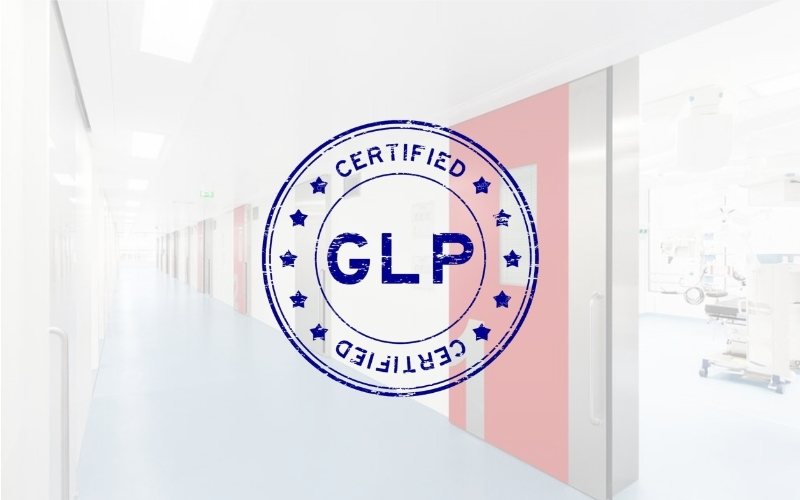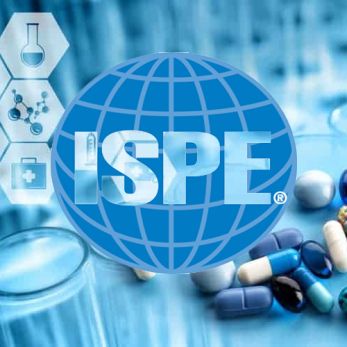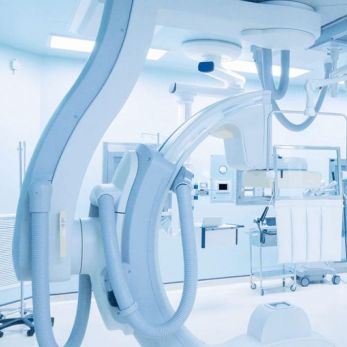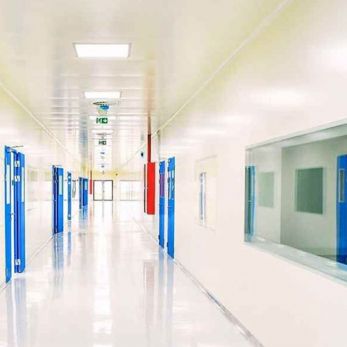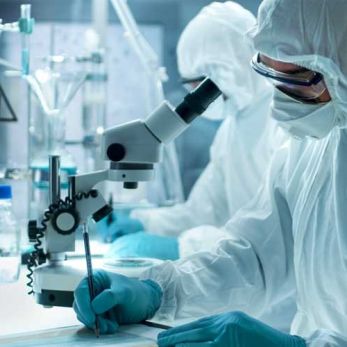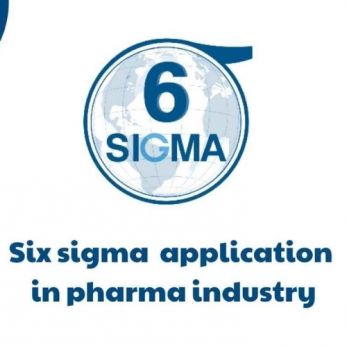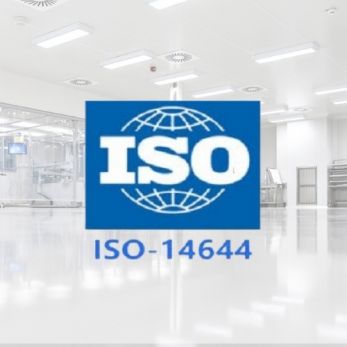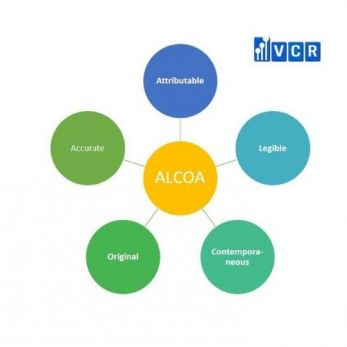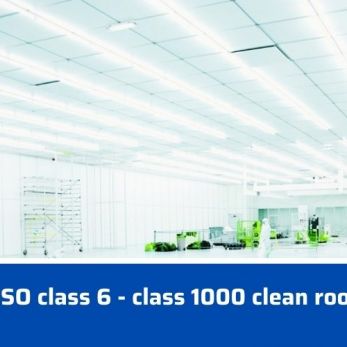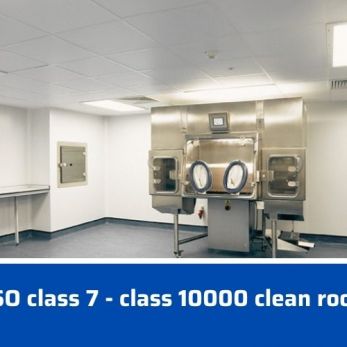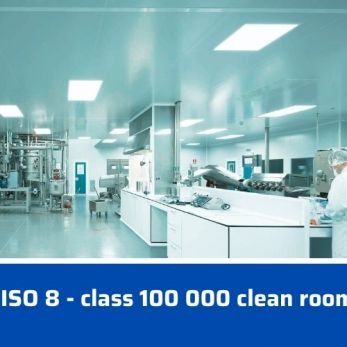Good Laboratory Practices (GLP)
GLP about Methods, Personnel, Instruments/Equipment, Dilutions, Weighing, Mobile phase preparation, HPLC and Column care
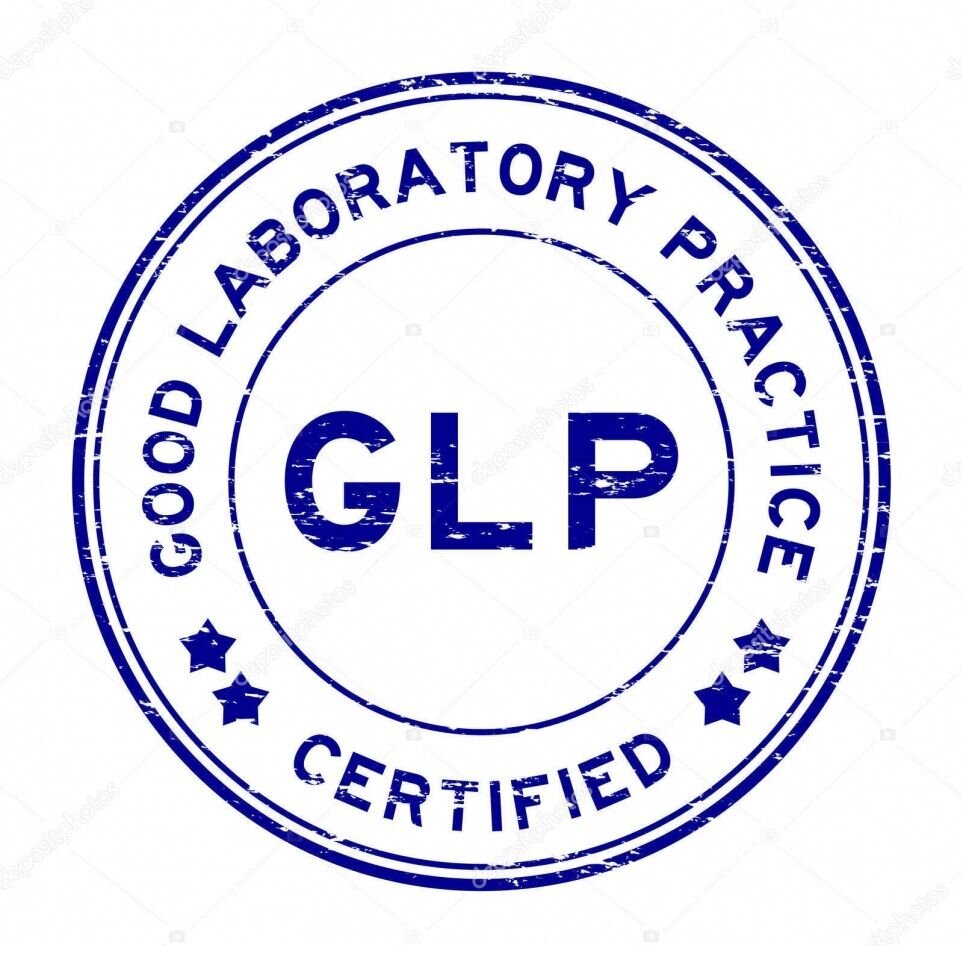
GLP about Methods, Personnel, Instruments/Equipment, Dilutions, Weighing, Mobile phase preparation, HPLC and Column care
1. Methods
Ø Use / follow correct specifications, methods of analysis, and SOPs at the time of work.
2. Personnel
Ø Only trained persons should perform the activity.
3. Instruments/ Equipments
Ø Qualified & calibrated instruments / Equipment to be used.
Ø While working in the laboratory, ensure that all the required PPE’s & RPE’s are used.
Ø Ensure that the instruments are in calibrated status.
Ø After completion of analysis if the instrument is not in use, then ensure that all switches are turned off.
Ø All the distillation and reflux operations should be performed in the hood and the analyst should attend to the experiment.
Ø Clean the working table, instruments before & after completion of analysis.
Ø Keep the laboratory notebook, column, and chemicals at designated places after / when not in use.
Ø After opening a chemical bottle, write down the opened date and use before date on the bottle's label.
Ø Take all necessary precautions while handling Hazardous/poisonous chemicals.
Ø Follow proper garment policy while entering the microbiology laboratory.
Ø Do not enter the areas which are restricted for entrance.
Ø Do not bring any food/ medicines to the laboratory
4. Dilutions
Ø Use appropriate, cleaned & dried volumetric apparatus.
Ø Label the glassware, which is in use.
Ø Ensure that the pipettes and volumetric flasks are of Class A grade.
Ø Ensure that the tip of pipettes is proper and not broken.
Ø Use appropriate solvents for dilution.
Ø Wipe the pipette before inserting it into the volumetric flask.
Ø Make the dilutions carefully & accurately. Ø Do not use contaminated sucker/rubber bulbs.
Ø Make up the volume of the solution when it is at room temperature.
Ø Follow the methods properly & crosscheck once. Related: Calibration of Volumetric Glassware
5. Weighing
Ø Ensure that the balances are clean and calibrated.
Ø Check the spirit level of the balance before use.
Ø Balance weighing range & capacity should be considered before weighing. Ø Take the weight once the balance is stabilized.
Ø During weighing the balance & balance room door should be closed properly Ø Follow the SOP correctly.
Ø Avoid spillage.
Ø Do not forget to check cleanliness before & after weighing. Related: Analytical Balance Calibration
6. Mobile phase preparation
Ø Use appropriate solutes & solvents as per the specified procedure.
Ø The solvents should be degassed before use.
Ø Weigh as accurately as possible.
Ø Make pH adjustments on calibrated pH meter & always within the tolerance given in the method.
Ø The pH meter should be calibrated for upper and lower buffer pH range.
Ø Do not forget to clean the pH meter electrode with plenty of water before and after use.
Ø Make appropriate entries of the pH calibration and buffer in the pH meter log.
Ø Take appropriate measuring cylinder for mobile phase preparation.
Ø Filter & degas before use.
Ø Prepare sufficient mobile phase required for analysis. Do not mix two lots of mobile phase.
7. Column care
Ø Avoid any jerks or vibrations to the column.
Ø Always replace the column ferrules whenever the column is to be kept idle & fix end caps to avoid silica drying.
Ø Store the column in appropriate solvents suggested by manufacturer.
Ø Wherever specified, use proper guard columns.
Ø Use the column for particular Raw material/ product/ test whenever required.
Ø Before and after analysis wash the column with prescribed solvent.
Ø Use/ Attach the column in the same direction of flow provided by the manufacturer.
8. HPLC
Ø Flush the complete system (without column) with warm water (40°) once a week using a union instead of a column.
Ø If the column's system suitability is not achieved by the column, then regenerate the column as per the manufacturer’s instructions / SOP for column generation.
Ø Purge seal wash line, injector, and all the inlets of the pump with water before use.
Ø Sonicate all ports inlet filter with [water: methanol (50:50)] once a week.
Ø Check the tubing/Syringe for air bubbles of all ports.
Ø Check the valves for precipitation & clogging.
Ø Clean all the inline filters, frits & check valve cartridges at least twice a month.
Ø Before converting the system to normal phase wash with water/ Methanol/ IPA/ Diluent serially.
Ø After completion of the analysis, follow the reverse procedure to convert to the reverse phase.
Ø Do not store system in solvents.
Ø For purging of system start with the lower flow and then stabilize system at the required condition.
Ø After analysis take backup of the data in the relevant location.
Ø Ensure that the system is calibrated before use.
Ø Before the start, ensure that respective solvents & inlets inserted are as per the requirements.
Ø After analysis, do not leave the system idle in harsh solvents like ACN, store the system in ACN: Water mixture (20:80).
Ø Avoid spillage on the system.
Ø Do not interchange any of the modules or parts among the systems even of the same make.
Source: Pharmaguideline
Vietnam Cleanroom Equipment (VCR) specializes in providing cleanroom equipment for construction contractors. We provide high-quality products with competitive prices and large quantities nationwide. The equipment includes:
Differential pressure gauge, FFU Fan Filter Unit, Pass box, Cleanroom air filter, HEPA box, Clean booth, cleanroom steel door, Isolator cabinet, and other equipment
For details, please refer to Vietnam cleanroom equipment official website






